| Method:
Frozen cauliflower, steamed, makes excellent cauliflower mash (just whiz in the food processor after steaming, with a little butter, sour cream or coconut oil). Excellent substitute for mashed potatoes. |
|
Blanching vegetables before freezing stops enzyme action which prevents them deteriorating. When I have more broccoli or cauli than I can use at once, I blanch and freeze the rest for later use. Note to self: Make ice cubes every day, and dump out into container or similar, so I can make more. Keep this up for a large supply at the time of year when blanching and freezing vegetables - saves buying bags of ice from the supermarket!
1 Comment
This is my new-and-improved version, and is really good! Not too salty, crisp and tasty, with the probiotic benefits of naturally fermented vegetables. Based on recipe from Nourishing Traditions by Sally Fallon. Ingredients: (to fill a quart Agee jar) Sufficient sliced cucumber (can also be made with whole pickling cucumbers or gherkins) 1 TBSP mustard seeds 2 TBSP fresh dill OR 1/2 TBSP dill seed OR 1/2 TBSP dried dill tips 2 TBSP non-iodised sea salt (OR 1 TBSP salt and 4 TBSP whey if available) 1 cup filtered water plus more to top up Method:
Wash cucumber and slice into 1/4 inch slices. Pack into jar. Combine remaining ingredients and pour over cucumbers, adding more water if necessary to cover cucumbers. The top of the liquid should be at least an inch below the rim. Add something to weight down the slices - I put a silicone muffin cup in the top of each jar. Cover tightly, set into something to catch any overflow and keep at room temperature for 2 days. Refrigerate and enjoy. Note: if using whole pickling cucumbers/gherkins, keep at room temp for 3 days. While I was in jelly making mode today, I decided to use up some blackberries from the freezer to make seedless blackberry jam. Blackberry seeds are quite big, and I find them a bit gritty if left in. Blackberries are quite high in pectin, and easy to make into jam or jelly. This same method and process can be used to make jam from other berries too, though ones lower in pectin may need some pectin added. How to make homemade pectin is HERE, or simply combine high and lower pectin fruit in a jam, by adding some apple or quince to berries when cooking. Removing berry seeds is optional. Note: expect this to be a somewhat messy process - wear an apron, anticipate some juice being spilled or splattered, and keep your favourite white dress far, far away! :-) Method:
Place blackberries into a large pot. Gently heat until boiling, and mash with a potato masher to release juice and help separate seeds and pulp. Simmer on low for 10-15 mins, mashing and/or stirring from time to time. Place a large sieve over a bowl, and pour the berries into it. Use a wooden spoon or spatula to force the berry pulp and juice through the seive, leaving behind the seeds. Work on it until you've got as much pulp as possible through. Measure the resulting blackberry pulp/juice mix and place in a good sized pot. For every 600ml of berries, add: 450g sugar 1 TBSP lemon juice. Heat and stir until sugar is dissolved, then simmer and stir regularly until set point is reached. This is when a little jam dropped onto a cold plate keeps it's shape when cool and feels quite jam-like when you run a finger through it. It will stiffen further once bottled and cooled though, so don't expect it to be totally set in the test. Sometimes I think the jam left on the spoon I dipped into the pot to test with is the better test - when the remaining jam is sticking to the spoon and not running off or moving, it's good to go. :-) Ladle jam into hot, sterile jars, and seal. For more on how to prepare jars etc, refer HERE. (I started with 850g of blackberries, ended up with 600ml of juice mix, and resulted in two 400g jam jars full)
Stage One: Prepping and cooking applesWash the apples, cut up into chunks, removing cores, any damaged parts, but keeping skin etc. Weigh the useable apple. I had one kilo, so the following is for that - adjust to suit. Place apple into a large pot. Add water to just cover - about 4 cups. Bring to boil, then simmer - use a potato masher to mash them as soon as they are soft enough. Continue to cook on low for 15 mins, stirring occassionally. Line a colander with a double layer of cheesecloth or old, clean tea towel, or use a jelly bag. Set colander over suitable pot or bowl to catch liquid. Pour apple mixture into cloth and allow to drip overnight. Do not squeeze cloth/bag if you want a clear jelly to result later, otherwise squeeze if you wish. In the morning, you will find a cloudy liquid in the bowl, and the apple pulp that is very thick and almost firm - it keeps it shape when turned out onto a plate. Stage Two: Preparing jars and equipment
Stage Three: Homemade Pectin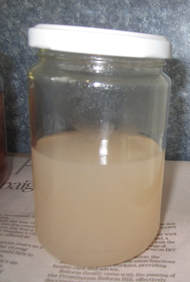 The liquid that drained from the cooked apples IS homemade pectin. Unripe apples are very high in pectin, and the process of cooking and mashing the apples extracts the pectin into the liquid. Pectin is a polysaccharide found in varying levels in different fruits, which when boiled with sugar causes the thickening desired for jams and jellies. In other words, pectin is what makes jam set. You can use this home made pectin instead of adding purchased powdered pectin when making jams or jellies that need pectin added. The rate is roughly 1/2 cup homemade pectin for each TBSP of powdered pectin called for, though you may need to experiment a bit, as exact pectin content will vary. When making such a jam or jelly, start with that amount, and if it's still not setting, then add more. To store pectin until needed, freeze in suitable portions. If freezing in a jar, leave the lid loose until frozen, then tighten. Stage Four: Applesauce from pulp
Stir well. Bring to boil, and simmer on low for 5 mins, stirring frequently. Lift a jar from oven onto papered board, placed close to stove. Ladle applesauce into jar, leaving a 1/2-1 inch head space. Ensure rim is clean (using a funnel avoids making it messy), then secure lid and tighten. Set aside. Repeat until all sauce bottled. Leave to cool. Jar lids should pop downwards as the jars cool, if seal is secure. Otherwise rebottle or refrigerate and use. Stage Five: Apple jelly from liquid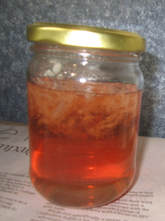 As explained above, the liquid from cooking the apples is very high in pectin, and can be added to other jams or jellies to help with setting. It can also be made into it's own apple jelly. For every cup of apple liquid pectin, add 3/4 cup of sugar. Heat together into a pot until sugar dissolves, then bring to boil and simmer, stirring regulary, until setting point is reached (mine took about 20 mins, but this will vary depending on size of pot relative to contents, how close to sea level you are, and how much pectin was in your actual apples). Setting point is judged by dropping a little of the jelly onto a cold plate and letting it cool. If it holds it's shape or is jelly-ish then set point has been reached. With high-pectin fruit jellies, I find there's no need for it to be VERY "set" as by the time you've got it in a jar, it will be totally setting with ease. Note: while the jelly is boiling, skim off any foam with a spoon as needed. I did this somewhat, but was also following a recipe that said to do this at the end, before bottling, which in this case didn't work very well because by that stage, the jelly was very gel like, and the foam mixed in and was harder to remove. Also note: the pectin liquid is cloudy in appearance. About 8 mins into boiling with the sugar, the liquid becomes transparent, and gives that lovely clear look and rich colour, though it can be marred by unskimmed foam, as happened to me in this case. Still tastes just the same though - sweet and delicately flavoured. Yum! An easy to make and totally yummy tomato sauce. Save (or ask your neighbours for) glass bottles from cordial, dressings etc, and their lids, for bottling this. Usually made from ripe red tomatoes, one year I had lots of green tomatoes I needed to pick as well - I made one batch with red and one batch with green, and then combined them. The result was yummy!
I had an unopened bottle of cream I bought for Christmas but didn't use. It's 4 days past it's best-before date, but perfectly fine. Since my husband and I are mostly dairy free, what to do with it? I decided to make cultured butter and buttermilk - very easy!
500ml of cream yielded 272g butter and 3/4 cup buttermilk
|
Categories
All
Archives
February 2018
|
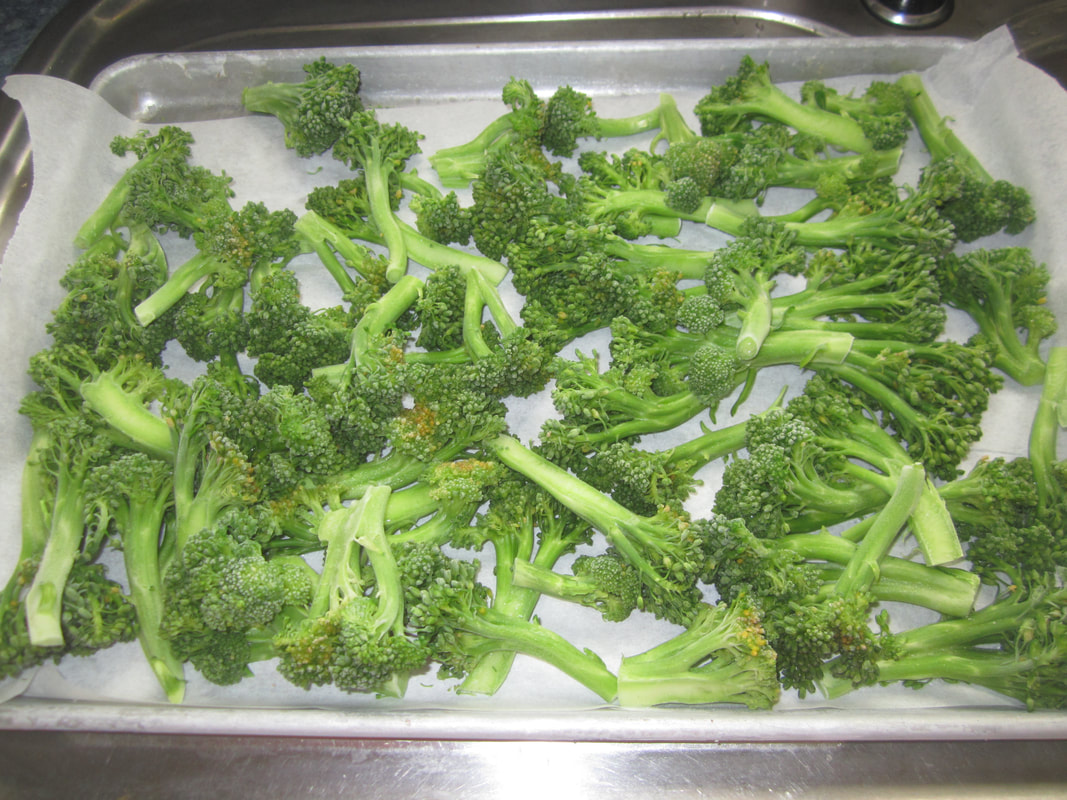
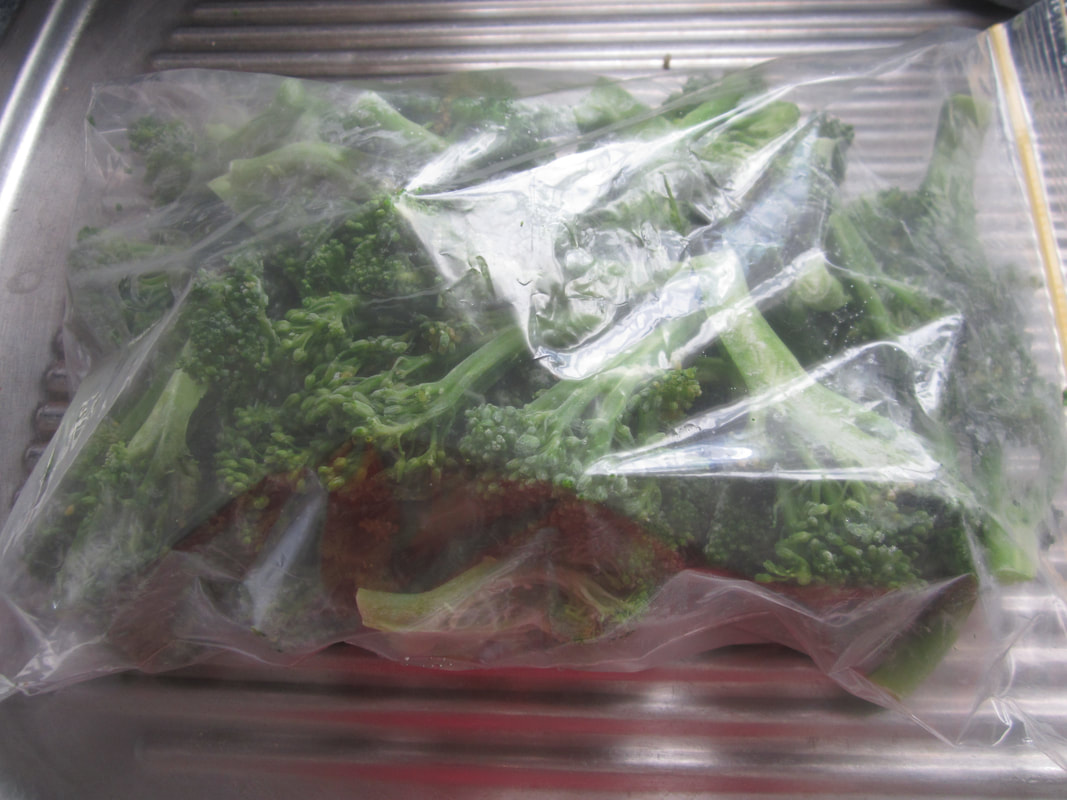
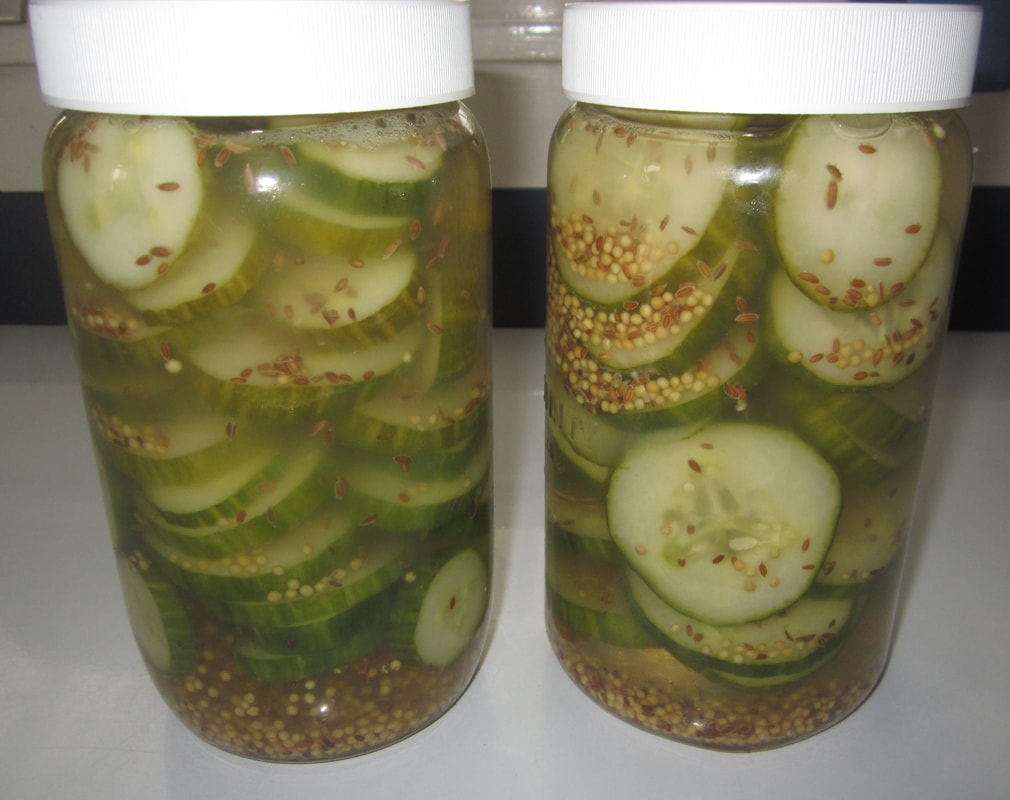
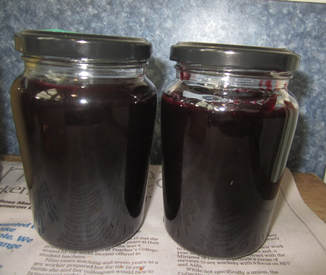
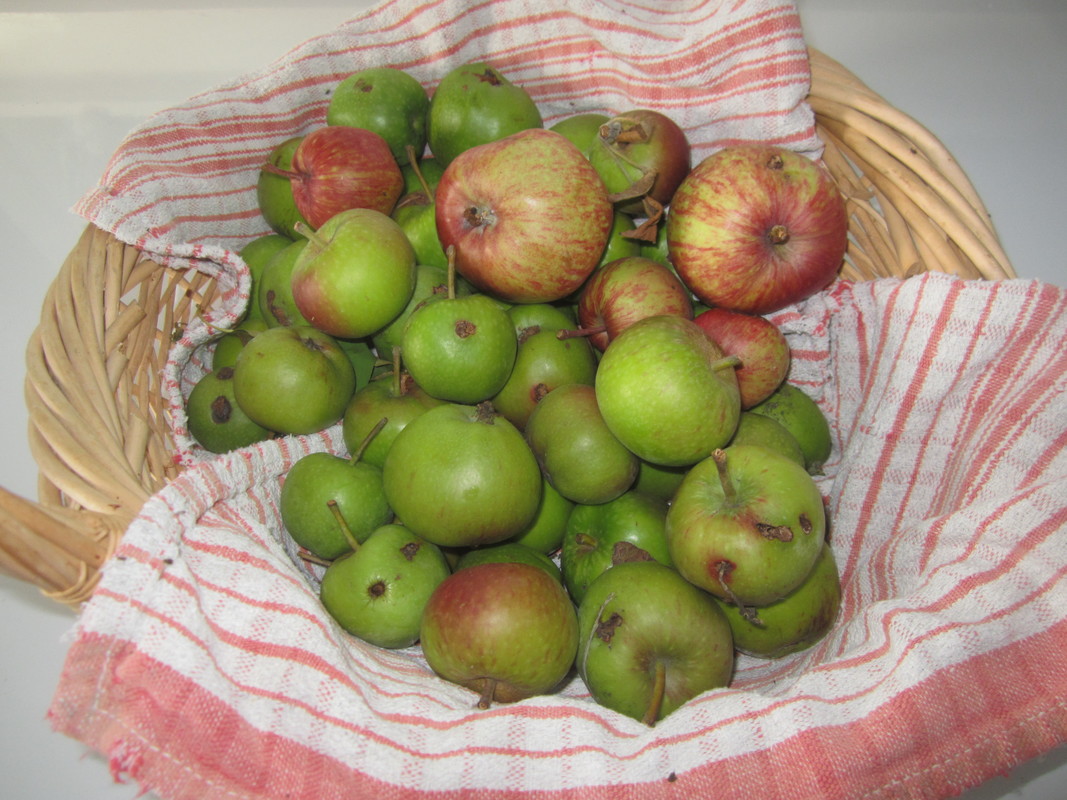
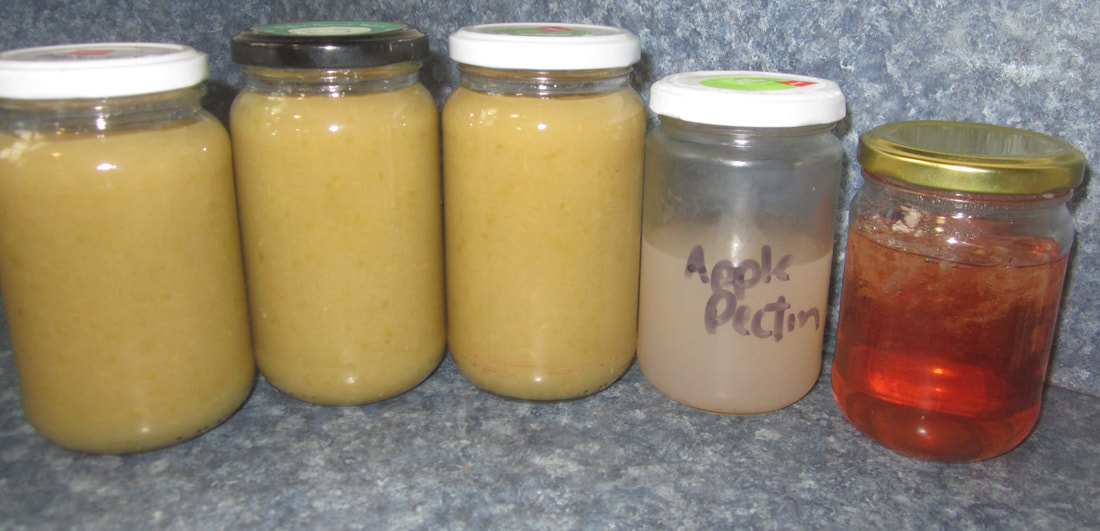
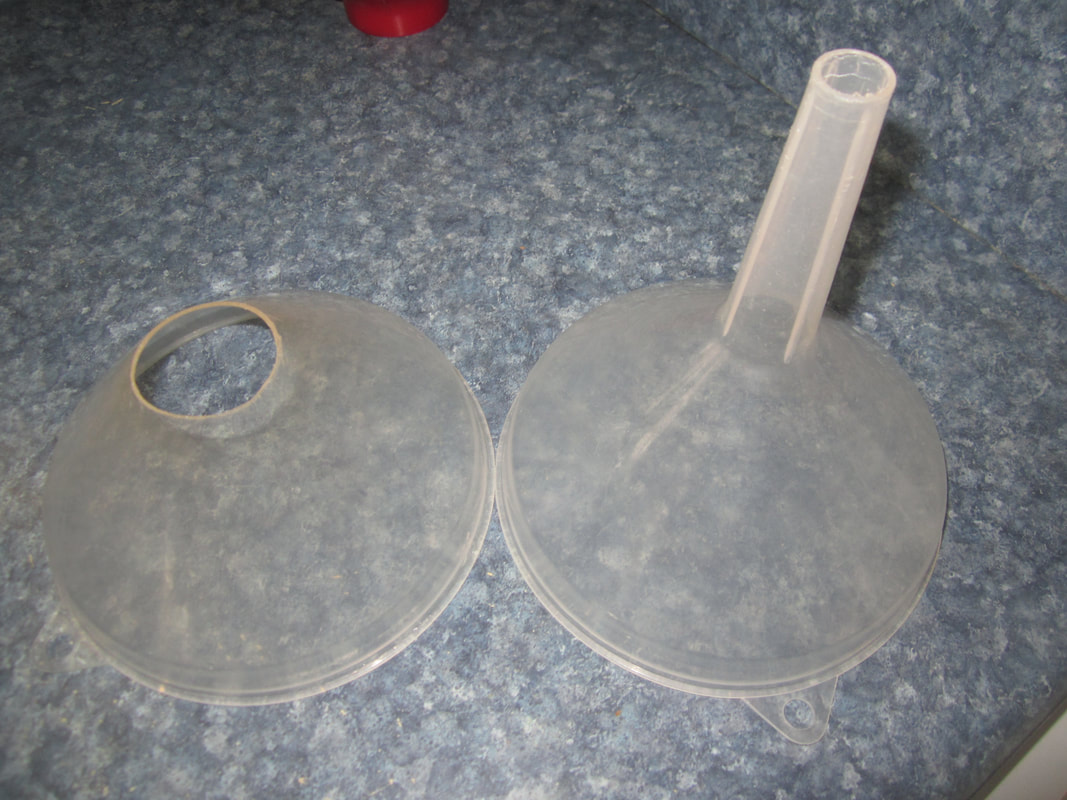
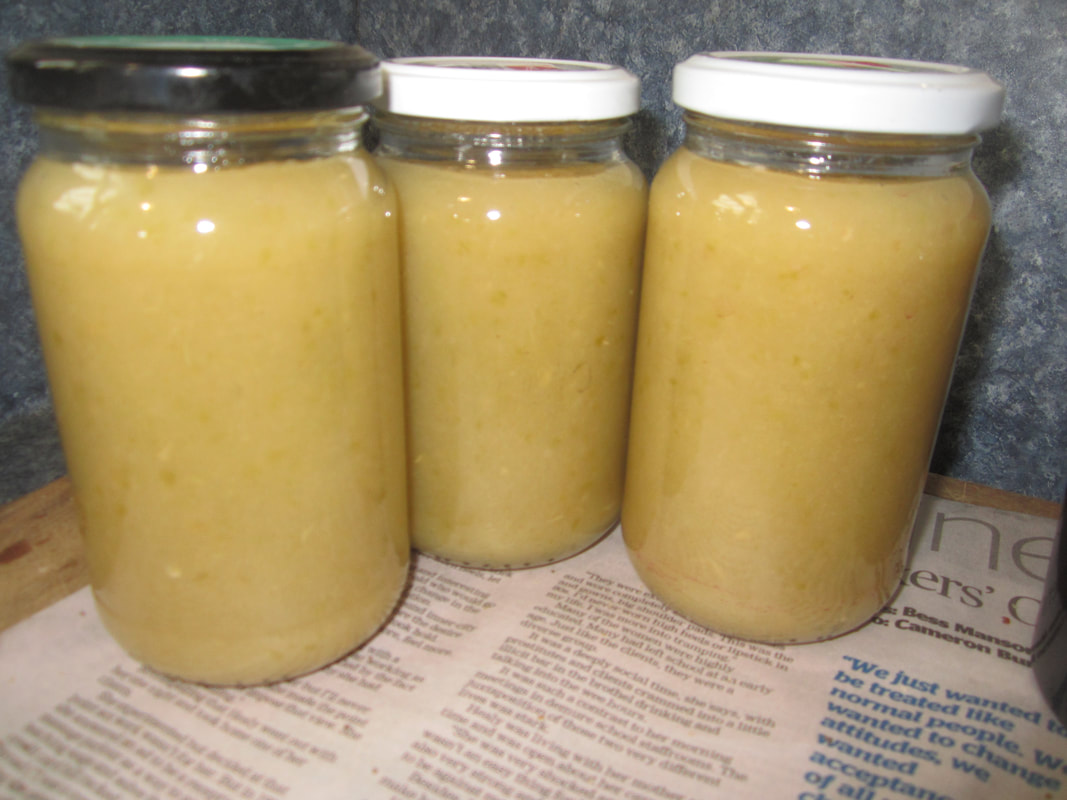
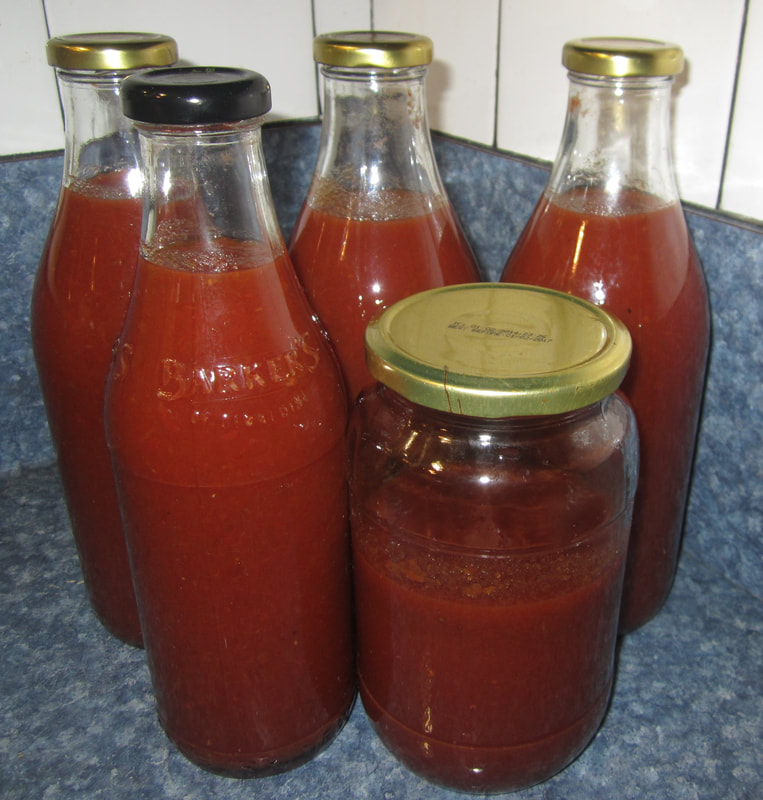
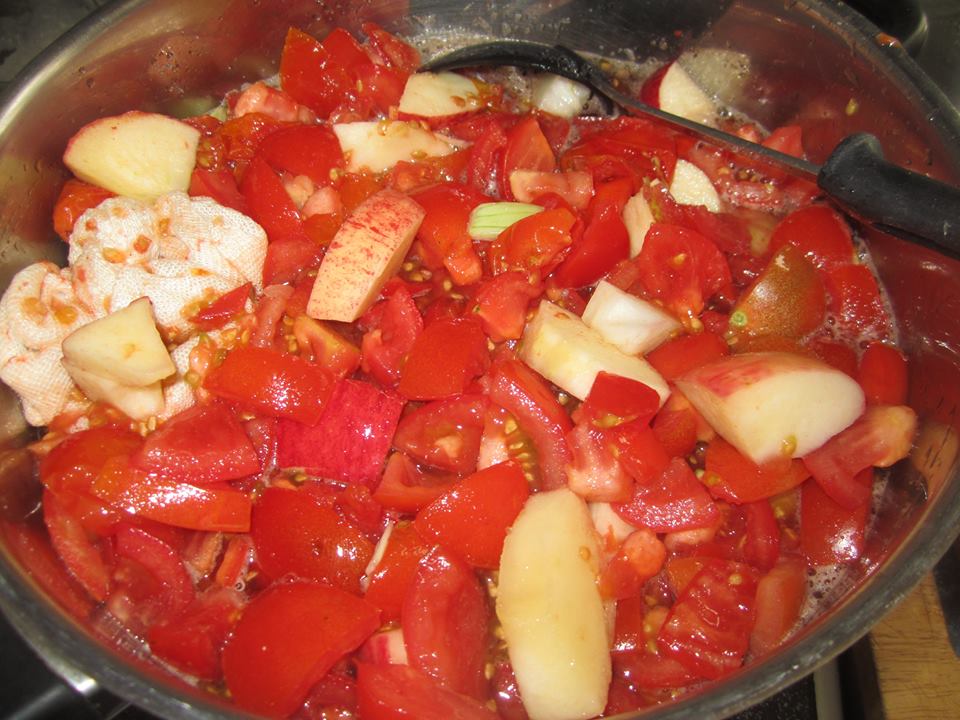
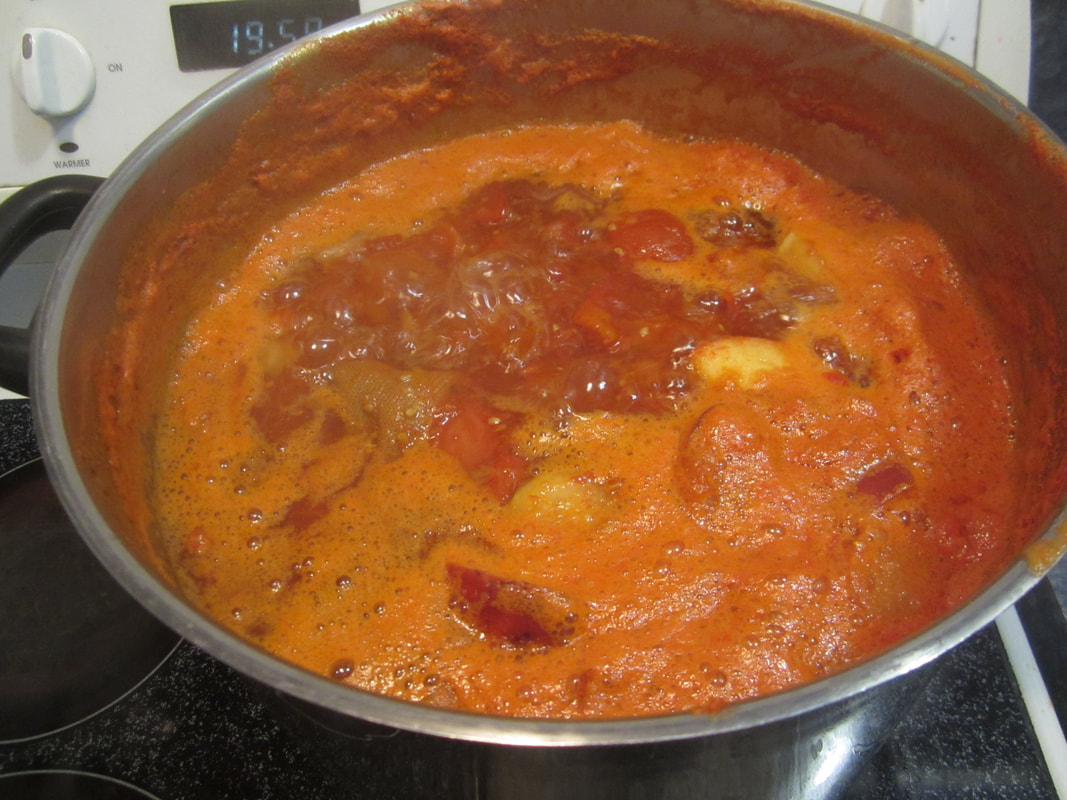
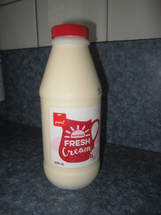
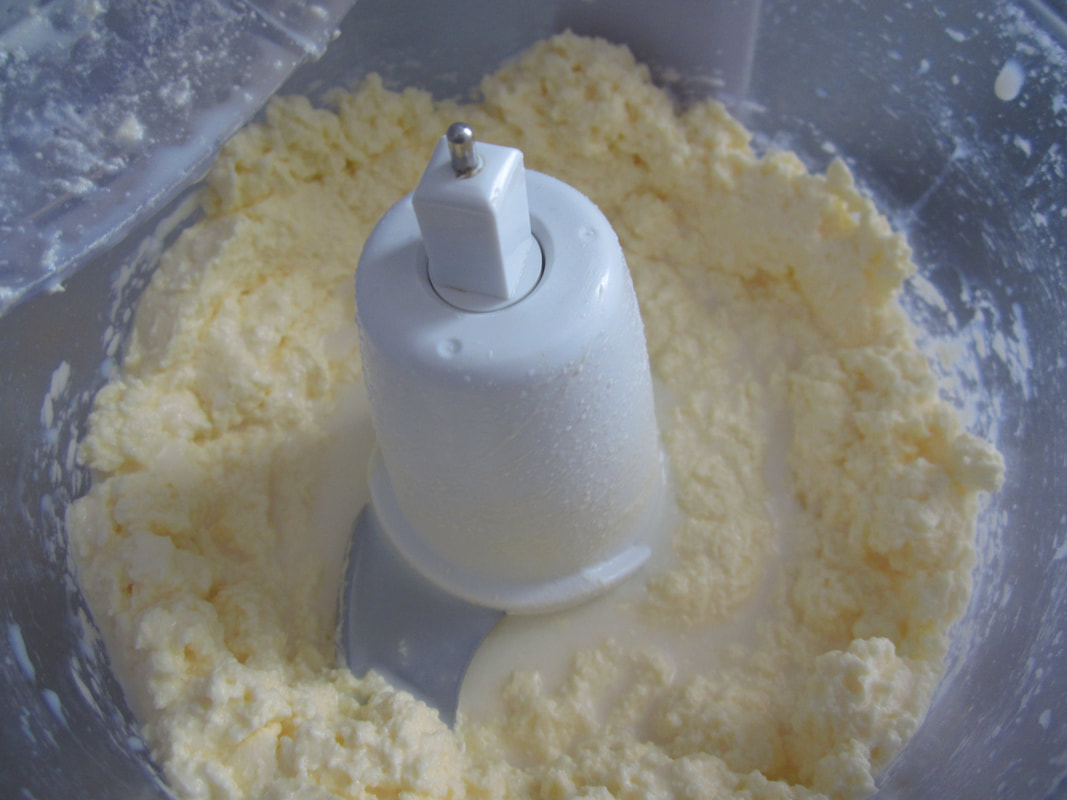
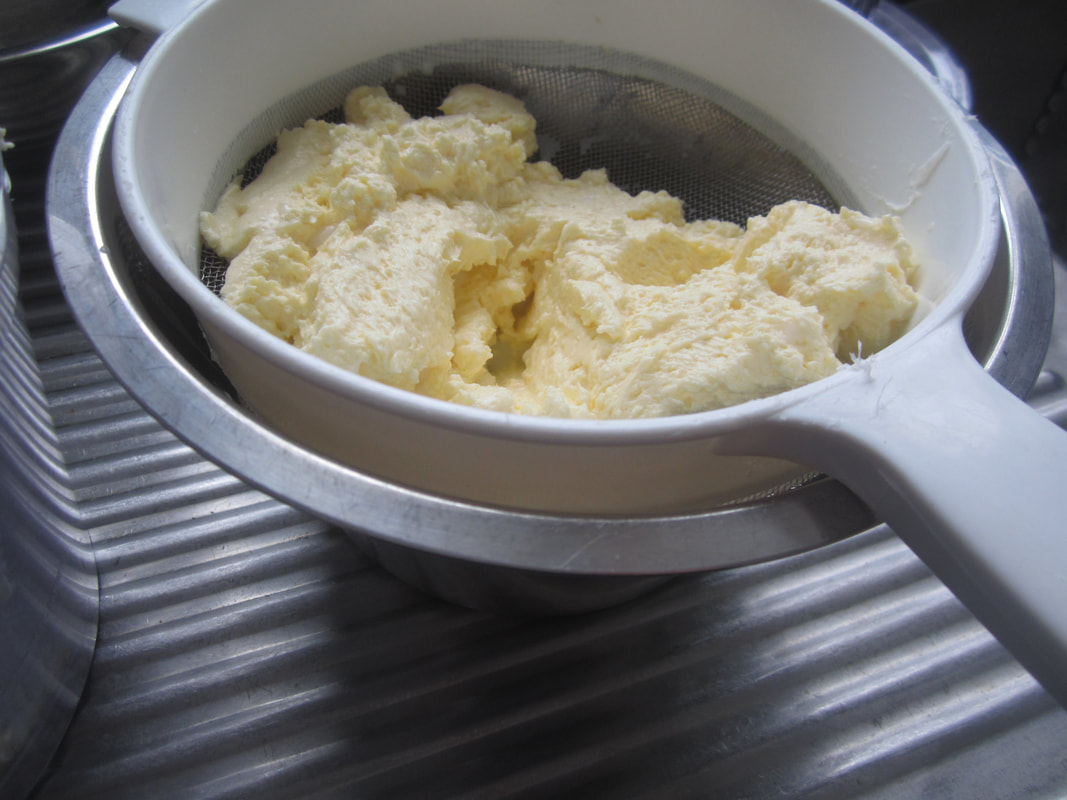
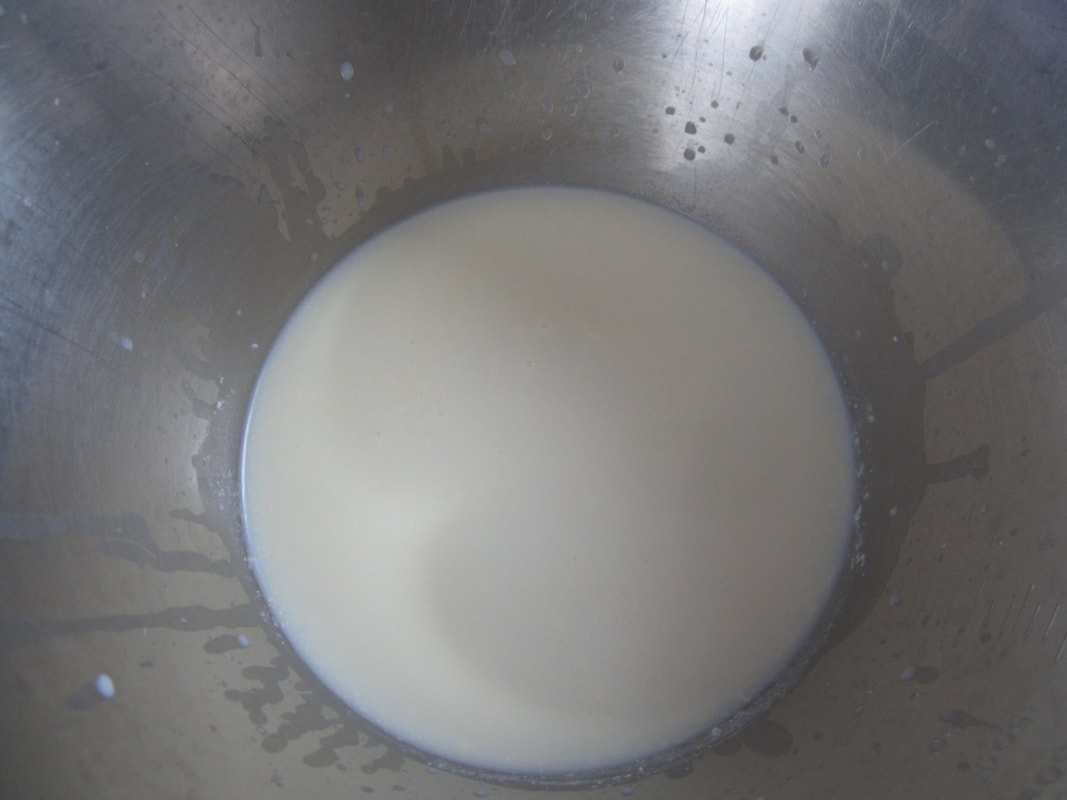
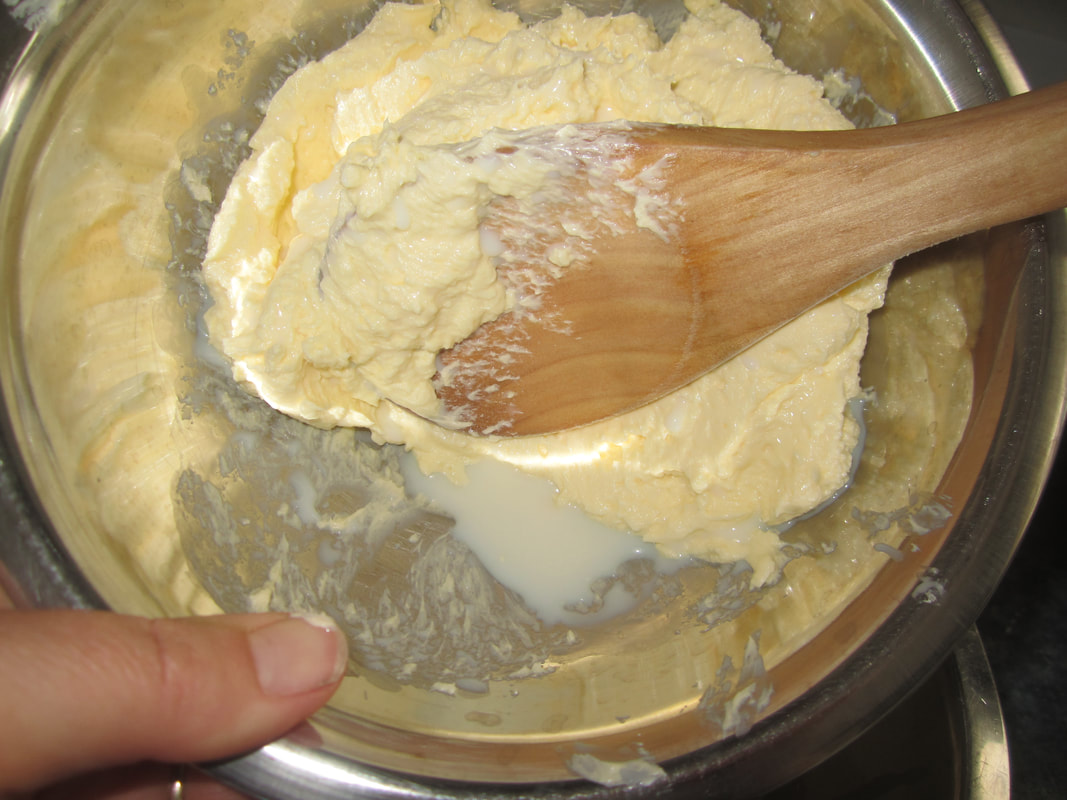
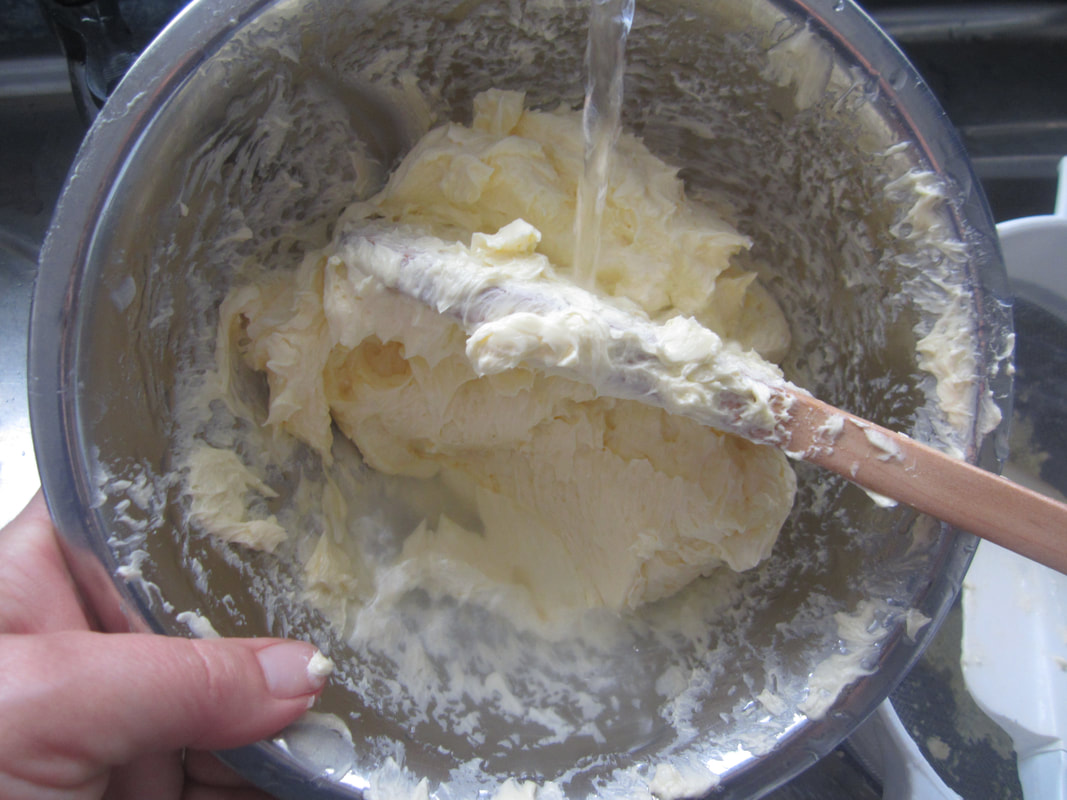
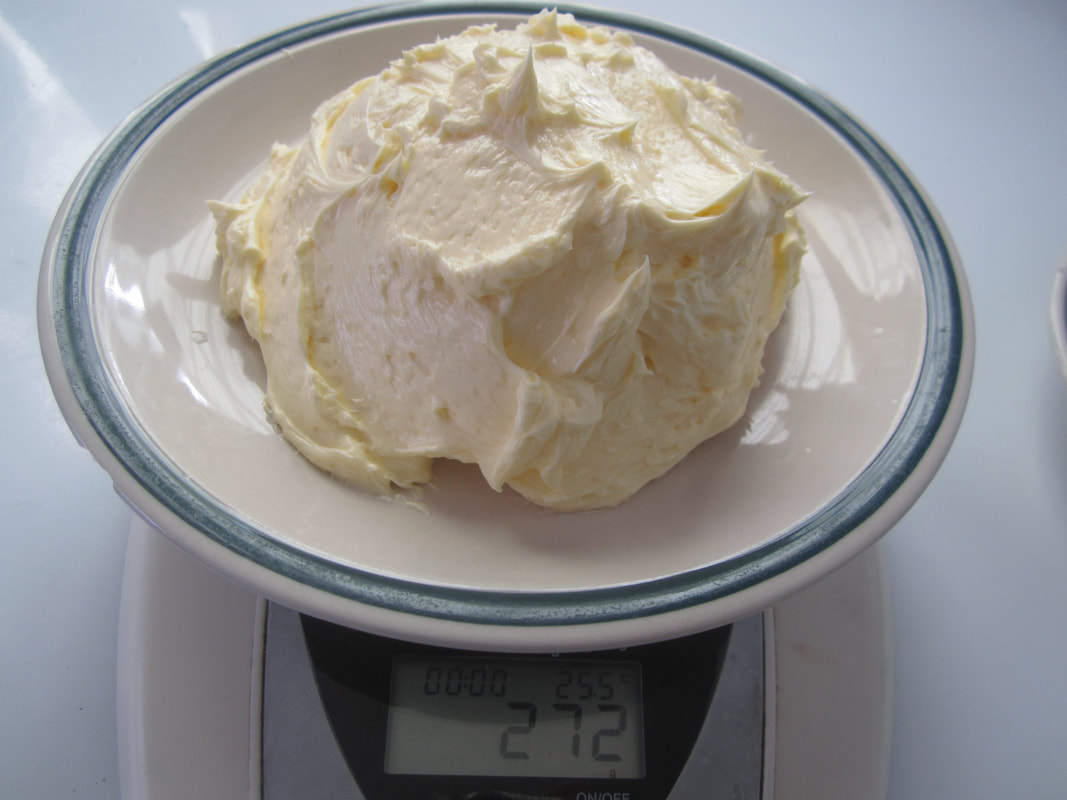
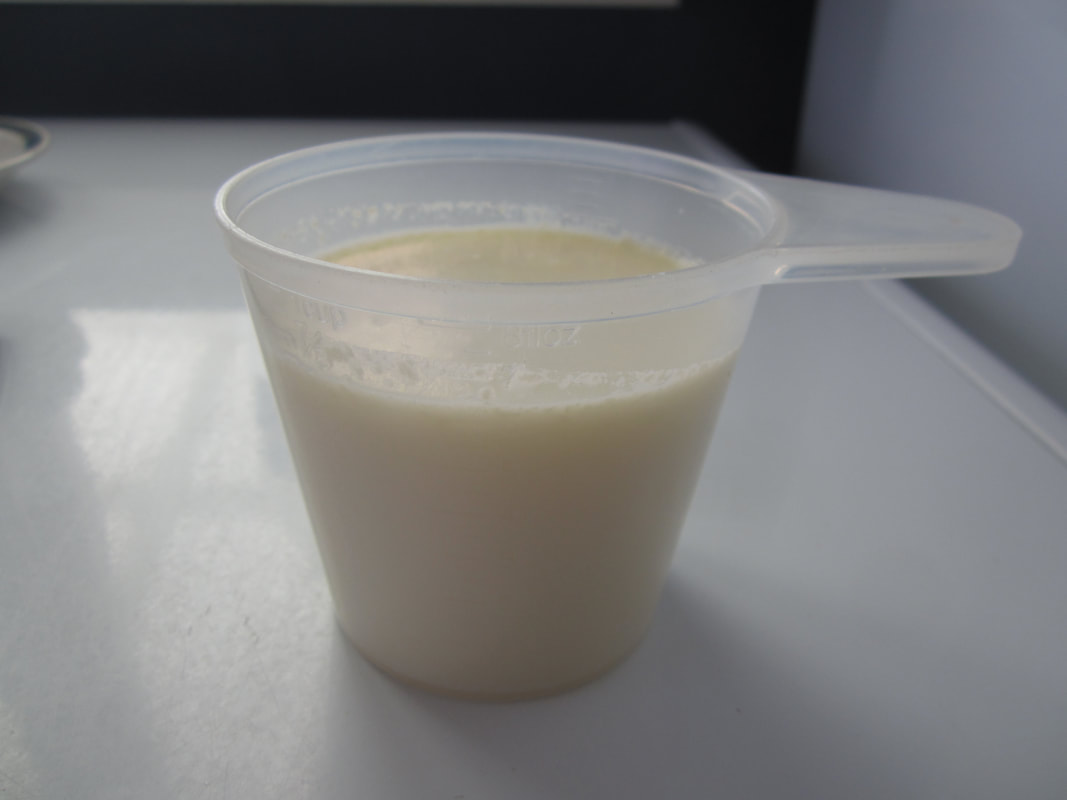
 RSS Feed
RSS Feed
